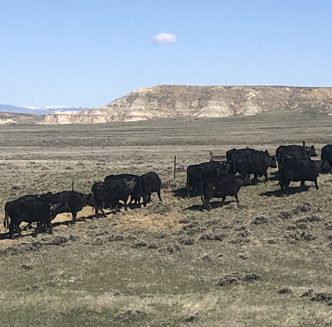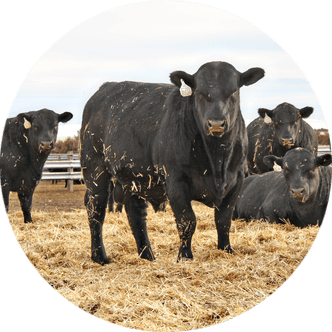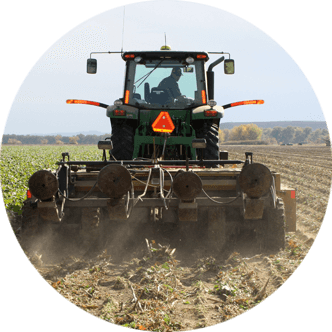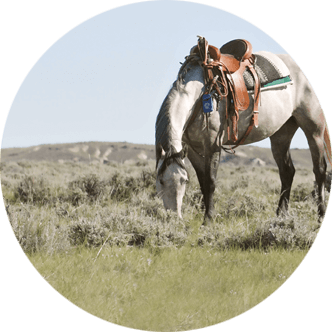Waters of the U.S.
From the Publisher: Dennis Sun
The old saying, “Whiskey is for drinking, water is for fighting,” has never been truer, especially since 1972 when amendments to the Clean Water Act (CWA) established federal jurisdiction over “navigable waters,” defined in the act as the Waters of the U.S (WOTUS).
By a stroke of a pen, the Environmental Protection Agency (EPA) deemed potholes, farmer’s fields, small ponds and many other waters as navigable waters. These waters were no more navigable than a bathtub full of water in our homes. What it was though, was lands full of restrictions, which hurt agriculture, home developers, small businesses and the energy industry. The radical environmentalists crowd loved it.
In August 2023, EPA and U.S. Department of Army Corp of Engineers issued a final rule to amend the final revised definition of WOTUS. This final rule conforms the definition of WOTUS to the U.S. Supreme Court’s May of 2023 decision in the case of Sackett vs. EPA.
Winning the Sackett case was huge for Wyoming and some other states, but over the years there have been four U.S. Supreme Court decisions stemming from numerous court cases.
In a 2006 case, a four-justice plurality stated, “WOTUS includes only those relatively permanent, standing or continuously flowing bodies of water forming geographic features described in ordinary parlance as streams, oceans, rivers, lakes and wetlands with a continuous surface connection to a relatively permanent body of water connected to traditional interstate navigable waters.”
In a concurring opinion, U.S. Supreme Court Justice Anthony Kennedy took a different approach, concluding “to constitute navigable waters under the act, a water or wetland must possess a significant nexus to waters that are or were navigable in fact or which could reasonably be so made.”
He noted adjacent wetlands “possess the requisite significant nexus if the wetlands, either alone or in combination with similarly situated lands in the region, significantly affect the chemical, physical and biological integrity of other covered waters more readily understood as navigable.”
In 2023, there were other final rules to amend the January 2023 rule. It just went on and on. Those in agriculture and in other industries didn’t know what they could do.
On March 2025, the agencies announced a joint memorandum issuing guidance to field staff on implementation of continuous surface connection in light of the U.S. Supreme Court’s May 2023 decision in the case of Sackett vs. EPA case. The agencies’ guidance applies to both regulatory regimes which are currently in effect across the country.
Here we are in 2025, and once again, the EPA wants to revise the definition of the WOTUS. Those in agriculture and other industries are hoping the Trump administration does the right thing.
I also realize there is a good possibility of more lawsuits ending up at the U.S. Supreme Court. We do have a conservative Supreme Court, which should help receive the rulings we need.
But I’m not a lawyer or even a good bunkhouse lawyer.





